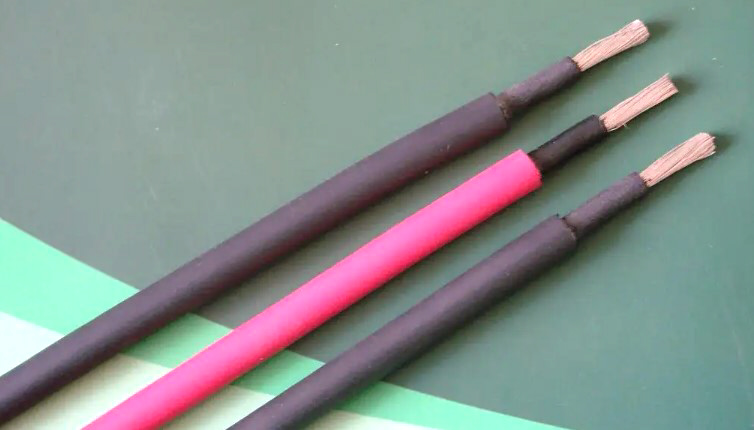Solar cables, എന്നും അറിയപ്പെടുന്നു PV cables, are the solar system components for connecting the panels of the photovoltaic power system. Photovoltaic power generation is based on the principle of the photovoltaic effect. It uses solar cells to convert the energy from sunlight directly into electricity through solar cable. Photovoltaic power systems consist of three main components: solar panels, controllers and inverters.

The sun contains an enormous amount of energy, but in practice the utilization of solar energy is very low. Plants around the world only use between 1% ഒപ്പം 5% of the sun’s rays. While the most efficient solar technology available to mankind today can only exceed 50% in the laboratory, and industrial utilization usually reaches a maximum of 40%, the average photovoltaic cell can achieve between 20% ഒപ്പം 25%.
Solar systems operate in harsh environments and are mostly used outdoors. Their operating characteristics and the characteristics of the application environment determine the special requirements for the performance of solar cables.
High temperature resistance property
First of all, it must be heat resistant. On a sunny day, prolonged exposure to the sun can cause the temperature at the site to soar up to 100 degrees Celsius. Ordinary PVC and rubber cables are not capable of operating at such high temperatures, so special PV cables are needed.
Irradiated cross-linked polyolefin is used for insulation and sheathing of solar cables. After irradiation by an irradiation accelerator, the molecular structure of the material is altered to provide various performance aspects. The solar cables have a temperature rating of 120°C. At this temperature they can be used for 20,000 hours. This corresponds to 18 years of use at a continuous temperature of 90°C. And when the temperature is below 90°C, the service life is even longer. As a rule, solar equipment is required to have a service life of 20 to 30 years or more. Instead of special cables for solar systems, some contractors use rubber cables at 90°C or PVC cables at 70°C to save costs. Obviously, this will significantly affect the life of the entire solar system.
Corrosion resistance property
As they work outdoors, solar cables must also have a certain degree of corrosion resistance. It must be resistant to certain chemical corrosion to ensure that the equipment has sufficient adaptability to the environment.
Mechanical strength property
During installation and maintenance, solar cables are subjected to strong external forces such as pressure, bending and stretching. If the cable sheathing is not strong enough, the cable will be severely damaged. Therefore, it is essential that solar cables have sufficient mechanical strength. This will ensure that the PV cable is safe to use and that no short circuits or fire hazards occur.
With the growing awareness of environmental protection and the development of green energy technologies, photovoltaic technology is increasingly being used around the world. In addition to the rapid development of government-backed PV power plants, private investors are also actively participating. The solar cable market appears to have great potential.
This information is provided by ZMS Cable Group, a professional manufacturer of various cables and related accessories. If you have any questions, please contact us.



